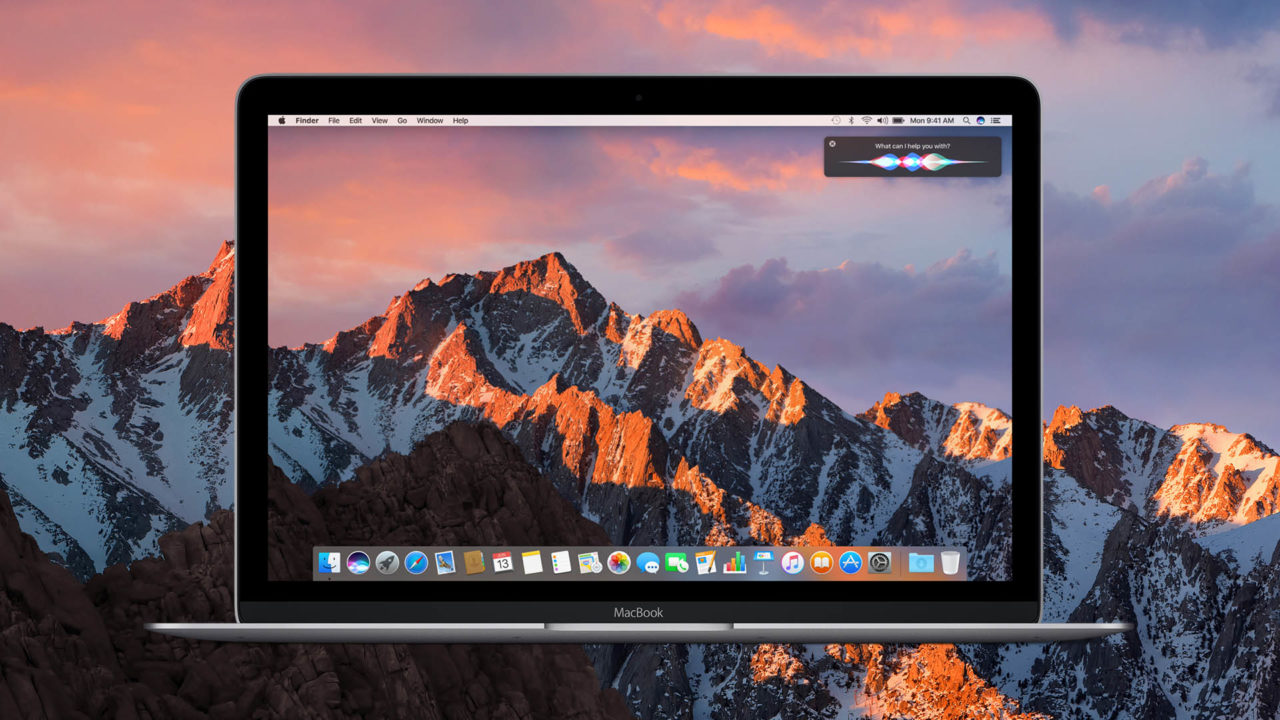macOS Sierra System Requirements

Apple has made the past few versions of Mac OS X available on a wide range of Macs dating back as far as the 2007 models. With the new versions of Apple’s desktop operating system, now called macOS, Apple still plans to include support for a relatively deep list of hardware, but that list is now a bit narrower for the first time in more two years. To make sure you’re ready for the next version of macOS, here are the macOS Sierra system requirements.
The macOS Sierra system requirements vary by model and are as follows:
iMac: Late 2009 or newer
MacBook: Late 2009 or newer
MacBook Air: Late 2010 or newer
MacBook Pro: Mid 2010 or newer
Mac mini: Mid 2010 or newer
Mac Pro: Mid 2010 or newer
While macOS Sierra will be supported on all Macs listed above, it’s important to note that, like in previous releases of OS X and iOS, not all features of the operating system will be available on all models.

Image via Apple
Apple has yet to specify system requirements for specific macOS Sierra features, such as Siri, Apple Pay, Auto Unlock, and Universal Clipboard, but it is likely that many of these features will require Macs newer than the baseline minimum requirements. Examples include the Continuity, Instant Hotspot, and AirDrop features first introduced in OS X Yosemite. Although Yosemite could run on Macs as old as the 2007 model year, these more advanced features were only available on 2012 Macs and up.
macOS Sierra will launch this fall and is expected to continue Apple’s policy of free Mac operating system updates. The first developer betas of Sierra are now available to registered Apple developers, and the company will once again offer a public beta program this summer. As with all beta software, however, don’t rush to update all of your Macs to Sierra. Critical bugs are to be expected, and users should not install the macOS Sierra beta builds on their primary Macs.

















3 thoughts on “macOS Sierra System Requirements”